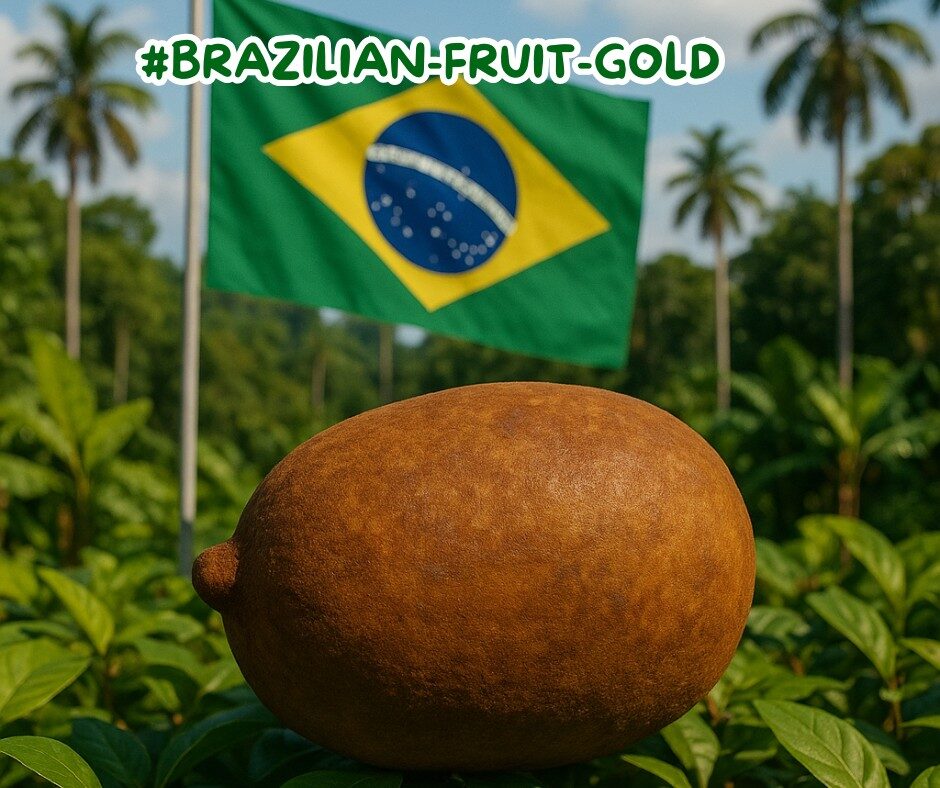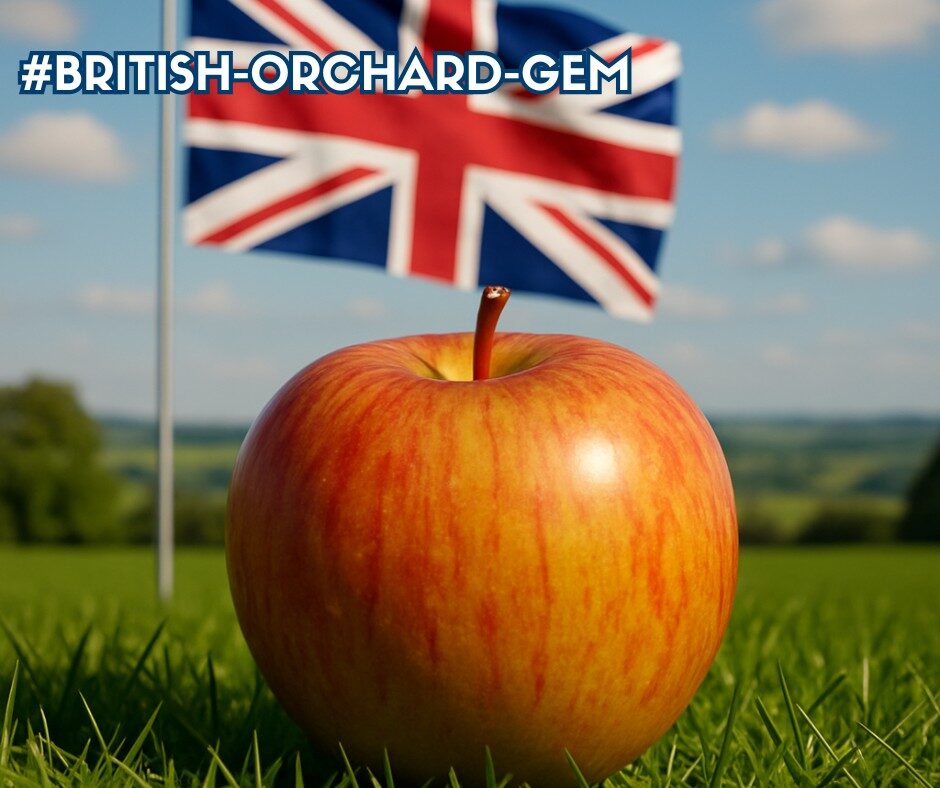by Dr. Marli Botha
Sensory perception of a foodstuff includes appearance, odour, flavour, taste and texture attributes. Flavour consists of taste and odour and thereby involves gustatory and olfactory responses. Different regions of the tongue detect different taste sensations, such as the tip of the tongue recognizes sweet taste while the back detects bitterness. Odour, on the other hand, is the result of flavour volatiles entering the nose either through orthonasal (sniff) or retronasal (mouth) routes and then binding olfactory receptors in the nasal epithelium…
- Flavours consist of top, middle and base notes. The crisp, sharp, and noticeable aromas that you notice first are top notes. Fruity aromas such as citrus, berry and pear make up the top notes. Binding the top notes with the base notes are the middle also called heart notes that appear after the burst of the top notes. The warm, soft floral aromas like the scents of lemongrass and nutmeg known to give body to the flavour. Base notes linger long after the top and middle notes disappear. These heavy, intense and long-lasting aromas typically found in spices such as clove, ginger and cinnamon.
- The sense of smell is an important component when trying to define a flavour. A great proportion of the overall flavour of food and drink is the result of the olfactory neurones at the top of our nasal cavity detecting molecules of the food we are eating. Initially we detect the scent of the food as chemical molecules from it pass into our nostrils, but most of the flavours we perceive come from within the mouth itself, via a process called retronasal olfaction.
- The ability to detect and perceive flavours is not the same for everyone. ‘Super-Tasters’ have more than ten times the amount of taste buds as a normal individual. They detect flavours in minuscule amounts and can differentiate between minor changes in formulations these individuals by means of sensory panellists or sensory analysis forms the basis for every successful food product launch.
- Professor Linda Bartoshuk, from University of Florida, found that 25 percent of the population is extremely sensitive to taste, particularly a bitter-tasting chemical called 6-n-propylthiouracil. These are “supertasters,” and they possess a gene called TAS2R38, which encodes a bitter taste receptor that regulates bitterness perception. (https://www.ifis.org/blog/supertasters)
- For the home-friendly version of the super taster test, use a punch on a small piece of card and then rub some blue food colouring on your tongue. Place the paper with its hole over your tongue and press gently. Use a magnifying glass and mirror to count the number of papillae you see through the hole in your paper – these are the tiny pink dots on your tongue that won’t go blue. If you have anywhere around 35 or more, you’re probably a supertaster. Less than 15 and you’re most likely a non-taster.




